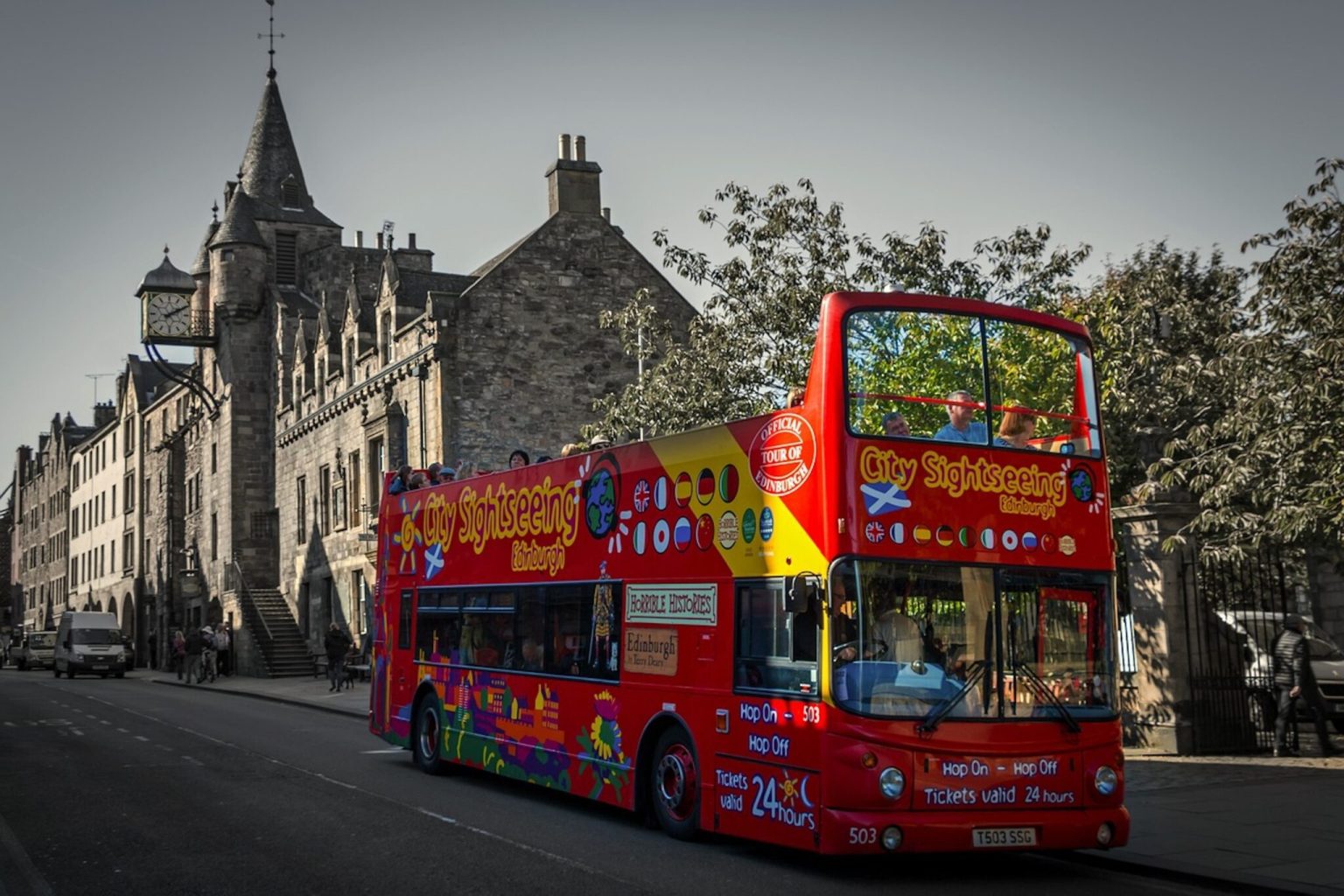In a recent podcast, Skift highlights the tech upgrades being made at airports worldwide in anticipation of a significant increase in passenger traffic. According to Travel Technology Reporter Justin Dawes, five U.S. airports are investing in these upgrades. JFK Airport is planning a new terminal 6 with digital concierge services and self check-in and bag drop. San Francisco International Airport is working on a $2.6 billion project to modernize terminal 3 with automated bag drop stations and new security checkpoints. Pittsburgh International Airport is also constructing a new terminal with streamlined ticketing stations and baggage claim systems.
Qantas recently unveiled details about its all-new aircraft, the Airbus A321XLR, which they will start receiving next April. Airlines Editor Gordon Smith explains that the XLR, or “Xtra Long Range,” will allow Qantas to open up direct domestic and short-haul international routes. The aircraft is a direct replacement for Qantas’ existing Boeing 737s and can fly around 1,500 nautical miles further than the outgoing 737s. This new addition to their fleet will provide Qantas with more flexibility and efficiency in their operations.
Edinburgh’s city council approved a proposal to levy Scotland’s first tourist tax, known as the “Transient Visitor Levy.” Global Tourism Reporter Dawit Habtemariam reports that the tax will charge guests staying at paid accommodations in Edinburgh 5% per room night, capped at seven consecutive days, and will go into effect in 2026. The funds raised from this tax will be used for affordable housing, infrastructure, and destination management by city officials. However, some tourism businesses are concerned that this tax may make the Scottish capital more expensive for tourists, impacting future bookings.
Overall, the podcast discusses the importance of investing in technology at airports to accommodate the expected rise in passenger traffic. It also highlights the significance of Qantas’ new aircraft, the Airbus A321XLR, and the benefits it will bring to the airline. Additionally, Edinburgh’s decision to implement Scotland’s first tourist tax is outlined, focusing on the potential impacts it may have on the city’s tourism industry. These developments reflect the ongoing changes and challenges in the travel and tourism sector, emphasizing the need for innovation and adaptation to meet evolving demands and trends.


